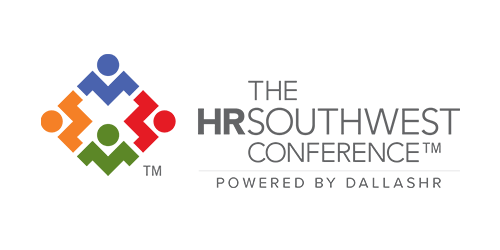
Staying Current on OSHA and HR
What do HR professionals need to know about OSHA and compliance? The simple answer is enough to ensure employee safety, a definition that is constantly evolving these days.
What is OSHA?
You are surely aware OSHA stands for the Occupational Safety and Health Administration, part of the Department of Labor. OSHA guarantees workers the right to a safe, sanitary work environment and establishes guidelines to help employers deliver it. OSHA lays out requirements including safety training, reporting, and anti-retaliation protections for employees who do report unsafe or unsanitary working conditions.
While larger companies have individuals who oversee safety in the workplace and OSHA compliance, smaller organizations often do not. In these cases, it falls to HR professionals to ensure training, record-keeping and reporting for OSHA compliance. It is also their responsibility to stay up to date on OSHA updates and guidance for evolving situations.
The definition of “safe and sanitary,” of course, can depend a lot on the industry your company operates within. If OSHA compliance falls within your job responsibilities, it is essential to know what OSHA requires of all workplaces—not only because it is the right thing to do, but also because failure to comply can come with steep costs, including fines and reputational damage (to your consumer brand as well as to your reputation as an employer).
OSHA compliance
Staying compliant with OSHA guidelines comes down to three broad areas: safety training, record-keeping, and reporting
Safety training
To comply with OSHA guidelines, employers must provide their employees with adequate safety training. From OSHA’s perspective (as well as the business’s bottom line), safety training is an investment that can result in positives like fewer injuries and incidents, higher morale, reduced risk, lower insurance premiums, less waste, and more.
What does this mean, though, if you do not know the specific safety requirements of each role in your company? Start by stepping back to consider general workplace safety training should be a priority for HR. HR professionals can also connect with managers and department heads to ensure employees have sufficient safety training in the individual duties of their roles.
In general, training should also cover what to do in an emergency or crisis, how to manage an OSHA inspection, and how hazardous materials should be properly handled or disposed of. For maximum effectiveness, employers should provide appropriate training in a language employees can understand, even if this requires translation. And employers should be sure employees are made aware of their rights and ensure that there is no retaliation or discrimination against those who report workplace incidents, injury, or illness.
Record-keeping
To stay compliant with OSHA regulations, employers must engage in accurate record-keeping about incidents or injuries that happen at the workplace. These include three OSHA forms:
- Form 300: a log of work-related injuries and illnesses
- Form 300A: a summary of work-related injuries and illnesses
- Form 301: an injury and illness incident report
Time is of the essence when a safety incident takes place and requires reporting. If it does, record Form 301 and log it in the overall Form 300. Failure to maintain this form, and present it if requested, can result in a significant fine for each year of non-compliance.
Reporting
OSHA compliance demands that at the conclusion of the calendar year, Form 300 information is used to complete Form 300A, which must be filed electronically with OSHA by March 2 of the following year. In addition to this summary, there are immediate requirements for incidents that happen on site. For example, hospitalization for an injury incurred on site is required to be reported within 24 hours of occurrence.
Evolving OSHA guidance
Updates and additional requirements for OSHA compliance may apply specifically to certain situations, industries, or types of workplace.
They also might be created in response to evolving situations. For example, OSHA released requirements and updates related to the COVID-19 pandemic, including mitigating the spread of COVID-19 in the workplace and mandating vaccination and testing. These have been rapidly evolving in response to new information, such as the emergence of COVID-19 variants and the official FDA authorization of the existing vaccines and boosters.
OSHA also makes best practice guidance available regularly on its website, including seasonal topics like protecting workers from heat and priorities like suicide prevention and mental health resources.
Employers’ workplace safety responsibilities
For more information on your workplace safety responsibilities as an employer, visit OSHA.
Are you responsible for OSHA compliance in your organization? How do you stay current?
DallasHR is the third-largest SHRM affiliate chapter in the nation. With more than 2,000 engaged HR professionals, the Chapter has been Advancing the Value of HR since 1939 through innovative education, valuable networking events, and providing opportunities to share best practices with others in the field of HR. The HRSouthwest Conference powered by DallasHR is the official Texas SHRM conference and one of the largest regional HR events in the U.S. Visit us at Dallashr.org, hrsouthwest.com, and follow us at #dallashr, #hrswc.






